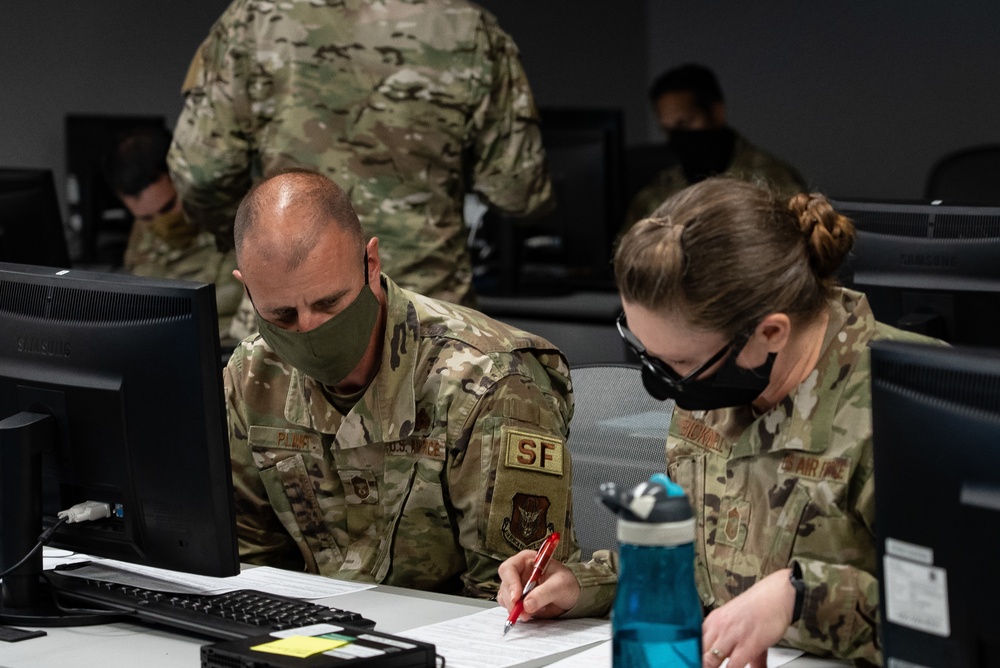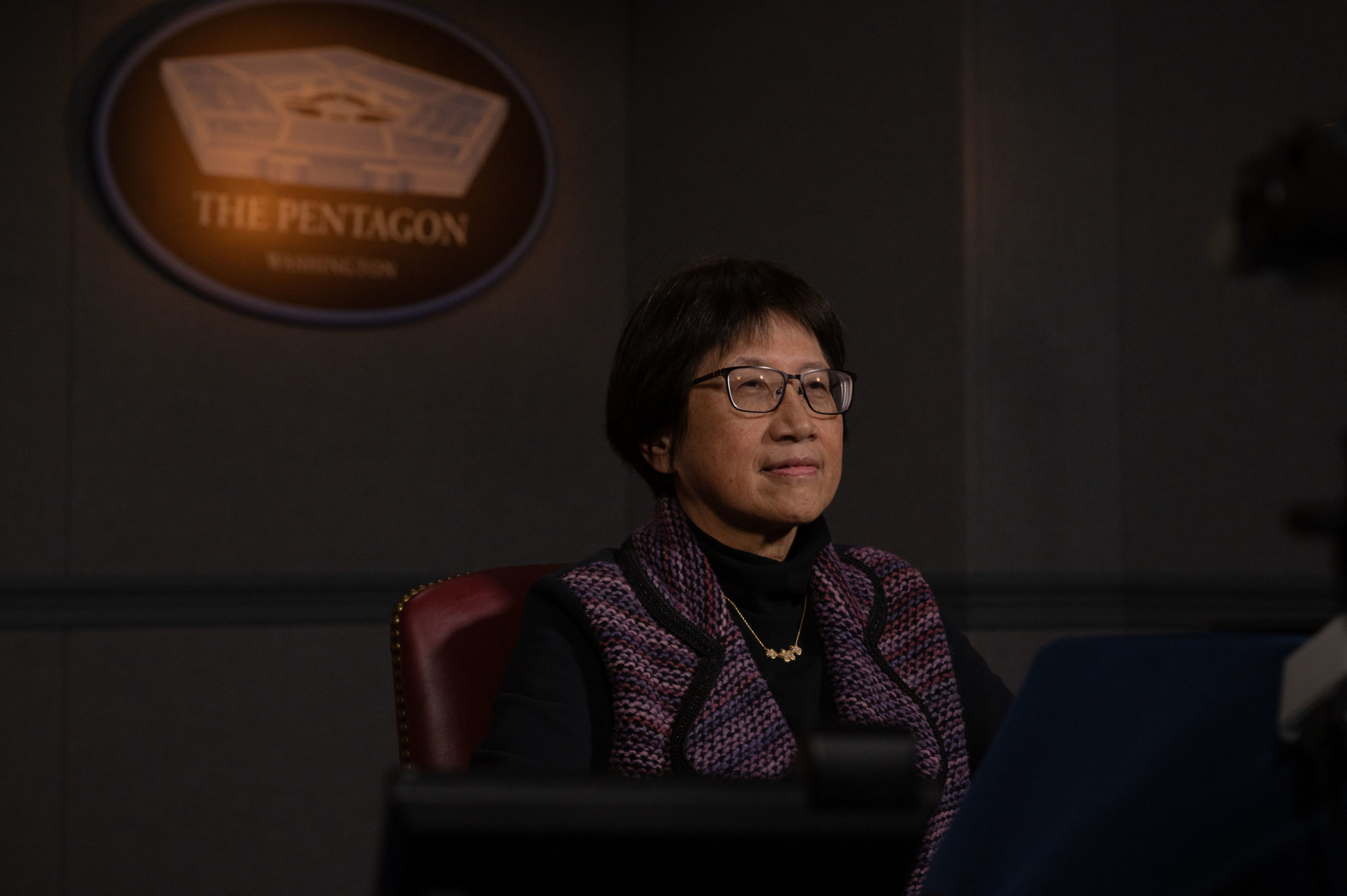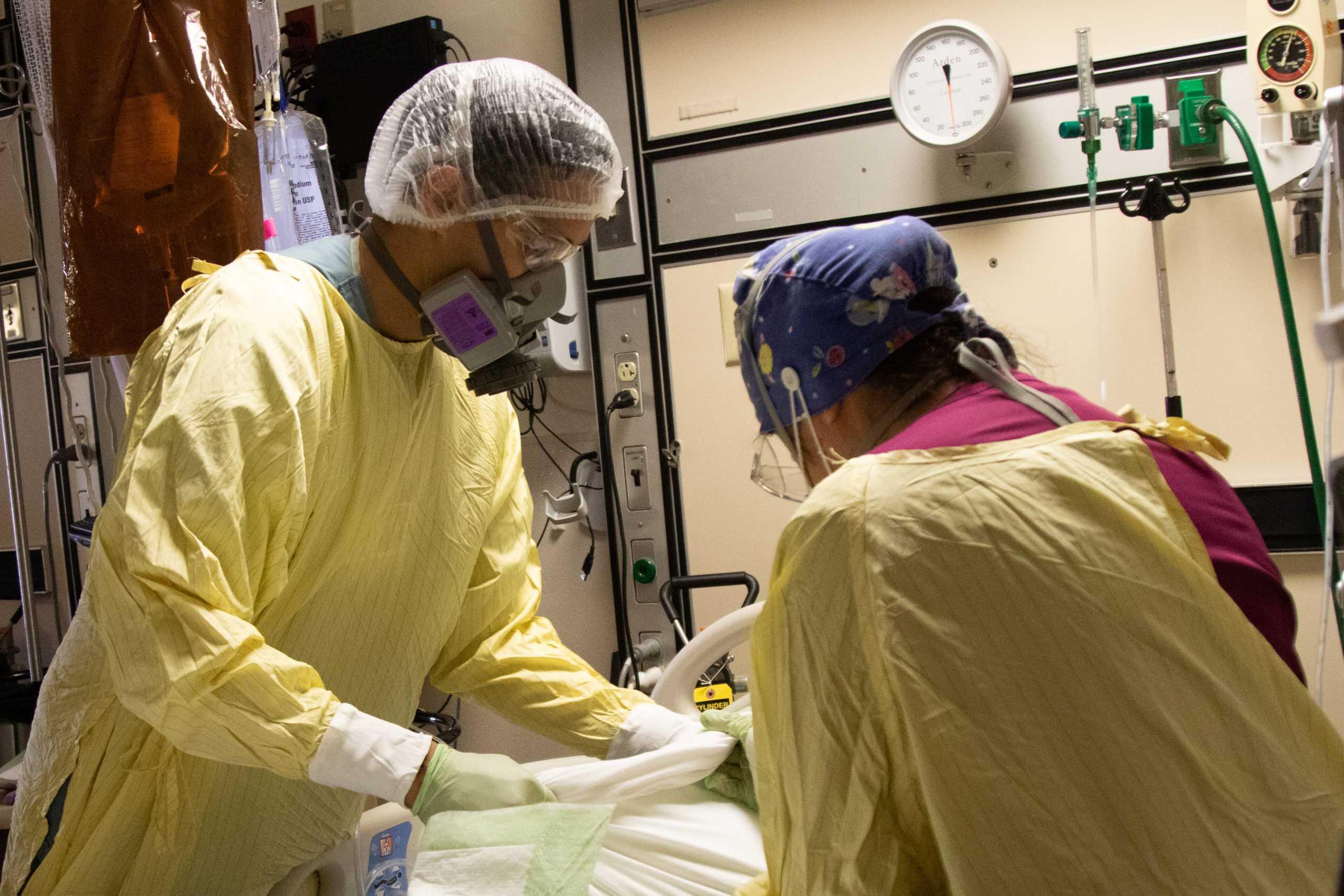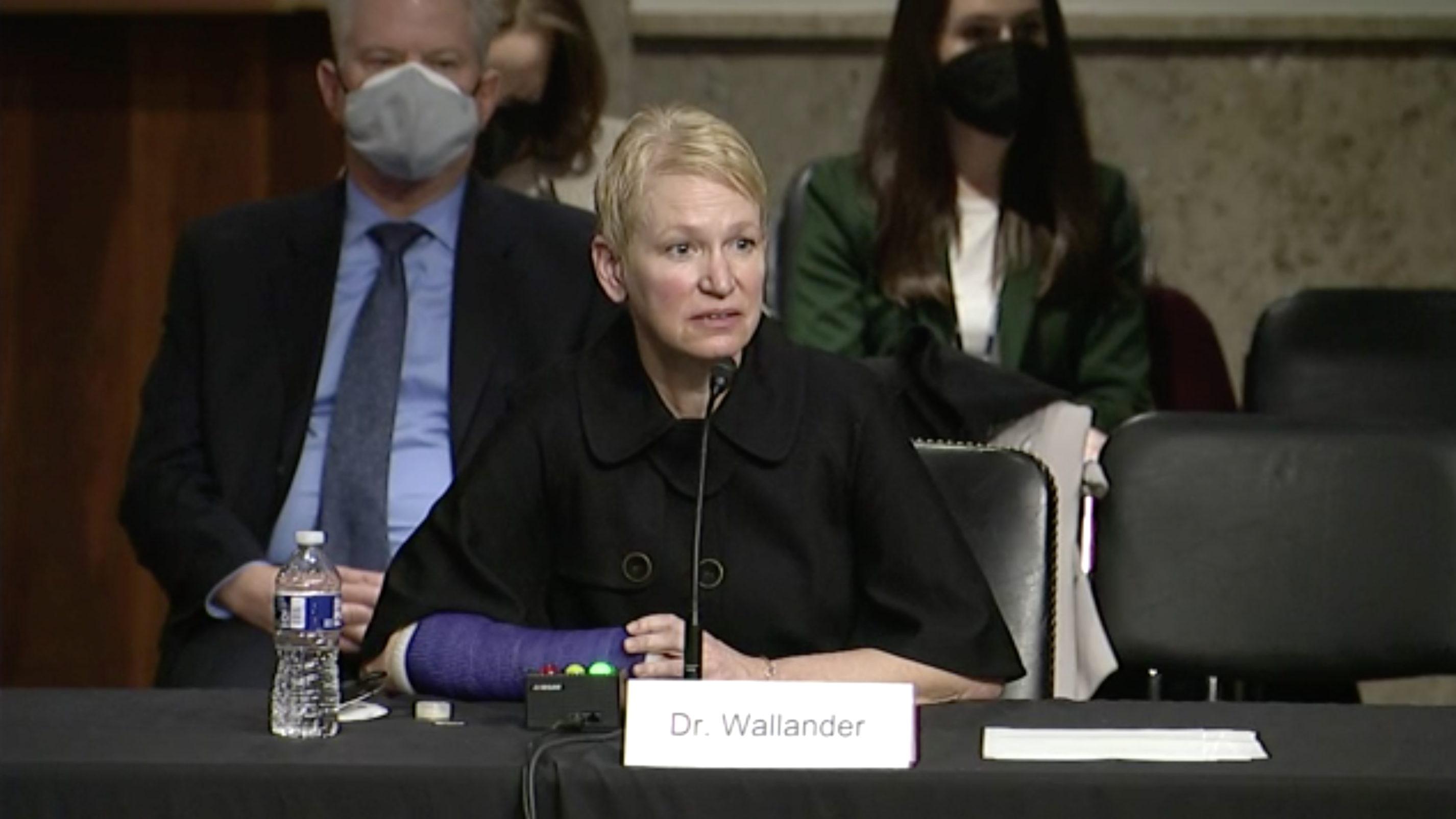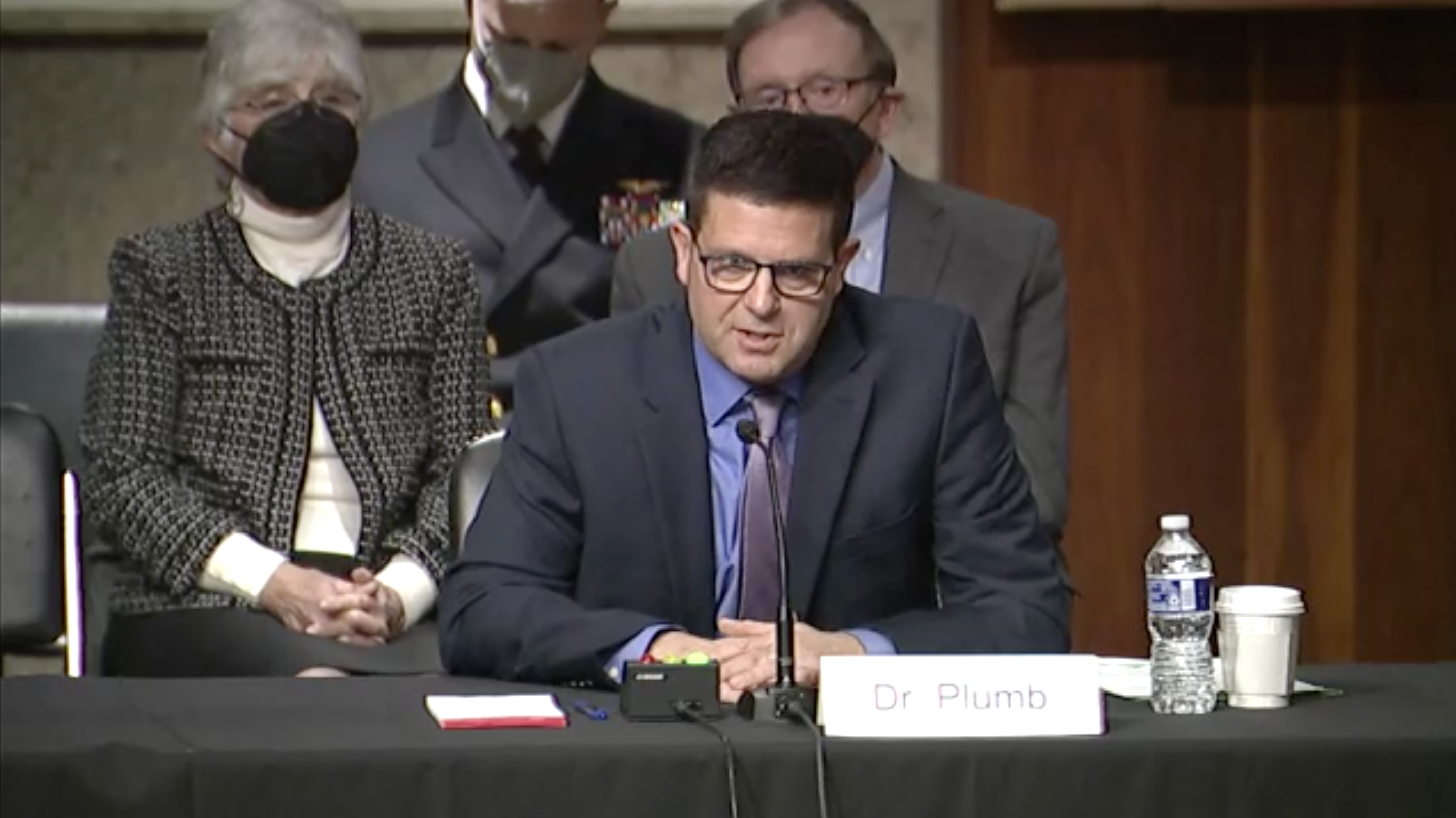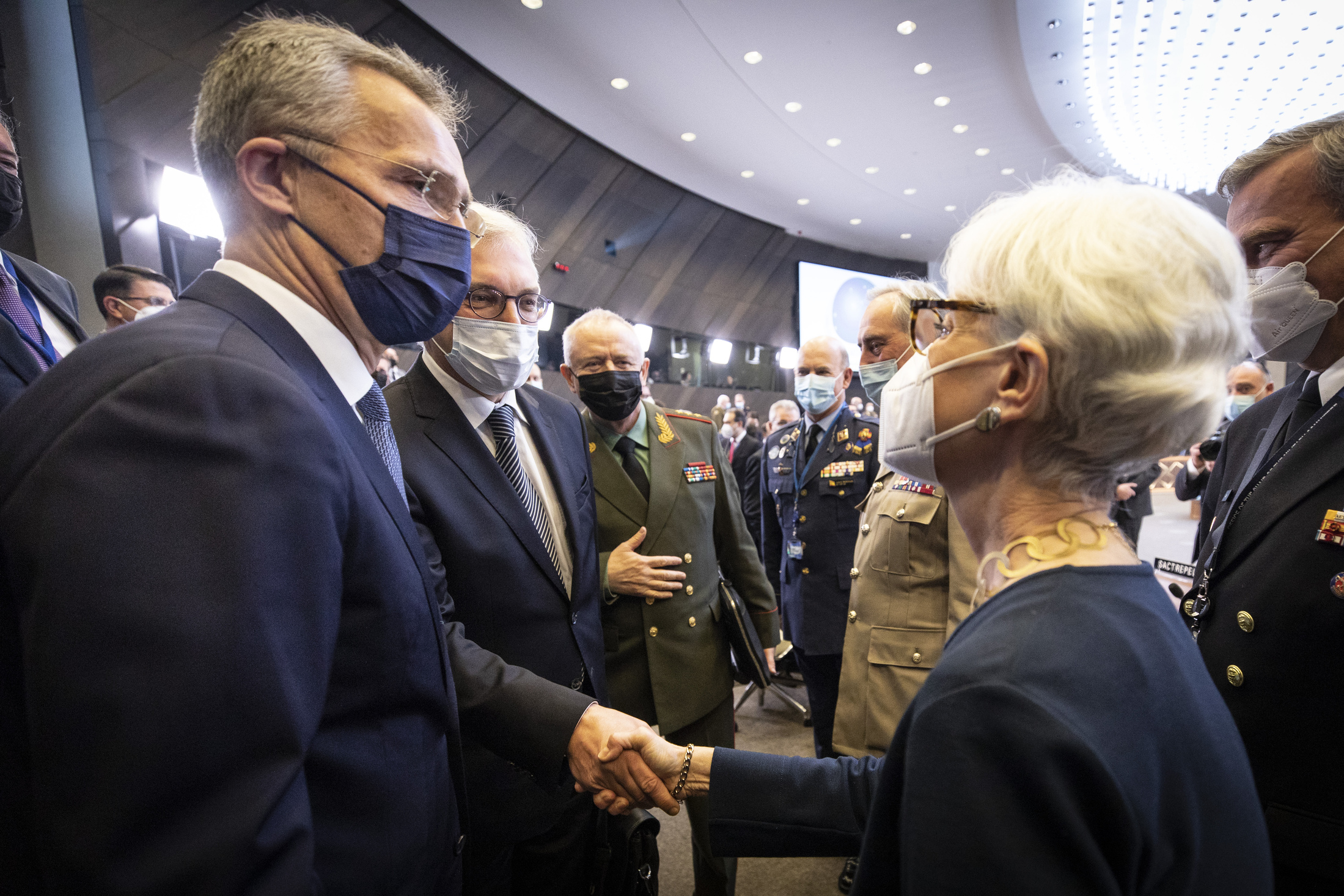Airmen and Guardians will get to familiarize themselves with the Department of the Air Force’s new enlisted and officer evaluation system application starting Jan. 18, as the department continues its overhaul of talent management.
myEvaluation, or myEval, was first made available to human resource professionals starting Jan. 4. After a two-week familiarization period for Airmen and Guardians, it will be opened for full use and functionality starting Feb. 4. It will be accessible through the myFSS platform landing page.
The new application succeeds the Virtual Personnel Center platform, but vPC won’t be going away immediately—officer and enlisted evaluations with a close-out date of May 30 or earlier will continue to be processed in vPC, while everything after will be in myEval.
“Shifting to a 21st century IT application, like myEval, enables the department to greatly improve our performance feedback and evaluation systems, synchronizing and complementing the many updates we’ve made to our talent management systems over the past couple of years,” Lt. Gen. Brian T. Kelly, deputy chief of staff for manpower, personnel, and services, said in a statement. “The myEval application reduces administrative burdens, enhances the user experience, and provides leaders with performance data to assist in making informed talent management decisions.”
myEval is just the latest change to how the Air Force is approaching talent management. Early in 2021, the service unveiled its Airman Leadership Qualities—10 categories ranging from “emotional intelligence” to “adaptability” to “innovation”—as an optional companion to the Airman Comprehensive Assessment for senior noncommissioned officers and officers.
In December, the service announced that the ALQs would be integrated into feedback for all Airmen across ranks starting March 31, 2022. The Air Force also said the ALQs would form the basis of new officer and enlisted evaluation systems to be released later in 2022.
The transition to myEval, Kelly said in a statement, will begin “the evolution” to those new evaluation systems based on the ALQs. The Air Force’s release states that ALQ-based evaluations will start in the fall of 2022.
The Space Force, meanwhile, will transition to myEval but will continue to use Airman Comprehensive Assessment feedback forms and current officer and enlisted performance reports until the new service announces a transition decision. The Space Force released its first human capital plan, “The Guardian Ideal,” in September 2021.
While myEval is set to launch in the coming days, enhancements will be rolled out over time, the Air Force promised, including the auto-population of information directly from the Military Personnel Data System and “integration with other myFSS applications, such as myFitness, to auto-populate performance-related data.”
These moves coincide with other changes to Air Force personnel management, such as the introduction of the new-look fitness test with alternate exercises and changes to how Enlisted Performance Reports are scored in the Enlisted Evaluation System. Most recently, the service unveiled its new Enlisted Force Development Action Plan on Jan. 12, outlining 28 force development objectives to be completed over the next two years.
There have also been changes to the platforms used for talent management—myFitness was launched in June 2021 to centralize PT assessments and schedule PT tests, and for paperwork.
“The journey of improving our evaluation system for both the enlisted and officer corps is in full swing,” Col. Laura King, the Air Force Talent Management Innovation Cell director, said in a release. “There are several milestones along this journey to a competency-based evaluation system that enables increased transparency and more direct feedback between Airmen and their supervisors. The launch of myEval is a big step towards reaching our end goals.”
